The weather often determines the jobs needed to be done around the garden. Now that it’s November, most gardeners should be preparing for winter by now.
If they haven’t already done so.
Similar to how people are more susceptible to colds and flu over the winter season, plants and garden spaces too are sensitive to the build-up of pest and diseases as gardens provide the ideal overwintering conditions for them to develop. With that being said, this month’s tasks should focus on housekeeping and making sure everything is in good condition to bounce back after the coldest months.
Read on for gardening tips for November…
Give the soil attention
Give your soil some attention and make sure it’s a healthy growing space even throughout winter. That means not only removing unwanted matter but also adding beneficial nutrients such as winter manure (don’t forget to turn it), or a soil enhancer that your plants will love come next spring when you’re sowing and growing.
One of the most common mistakes gardeners make and a reason for unsuccessful growing is not preparing the soil well enough. Check out these 5 tips to prepare your garden for spring if you want a better chance of avoiding that mistake.
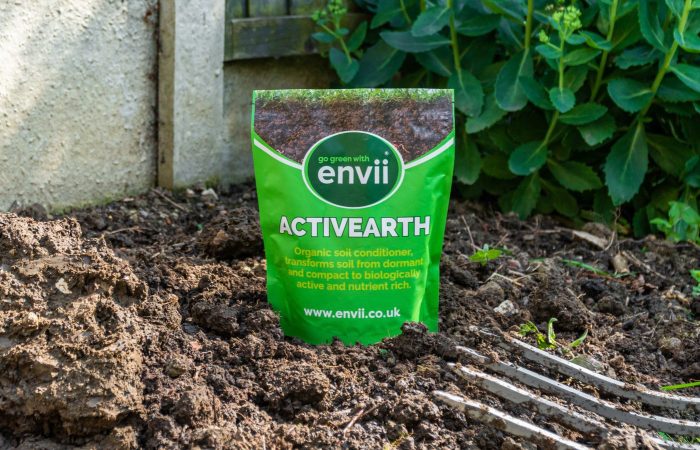
Remove old plants
October just passed so many of you have probably finished harvesting your pumpkins and other crops. Be sure to continue to remove these and any other plants that have finished cropping, particularly those that appear to be moulding. Anything that is moulding and appears to be disease free can be added to your compost pile.

Cover growing beds
After cleaning up around your plot, your focus should turn to protect the soil and/or anything you already have growing. Cover your soil with a frost blanket even if there’s nothing growing to provide a protective layer against any snow that is come. This also helps to reduce the development of weeds that might use up the nutrients that you added to your planned crops.
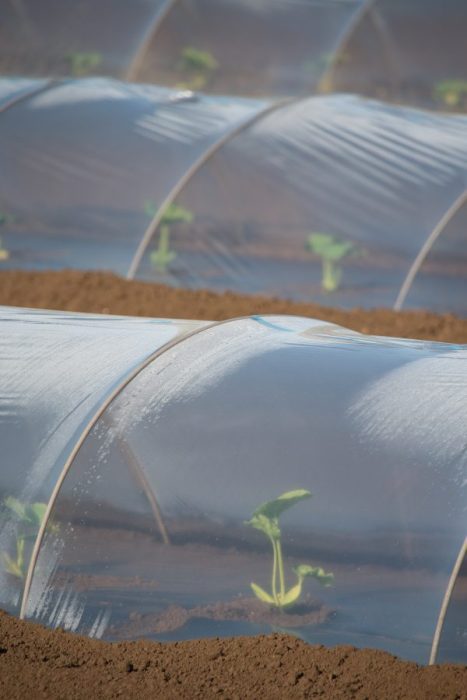
Clean and sterilise your greenhouse
Greenhouses are the perfect addition for any gardener as it shields plants from extreme weather conditions and pests, whilst extending the growing season for plants. However, if a greenhouse isn’t looked after it can do more harm than good. Often, throughout winter, your greenhouse does not get much attention. This allows time for unwanted things to enter, such as dirt, green algae, moss, pests and disease. To prevent this, discover how to clean your greenhouse in 7 steps.
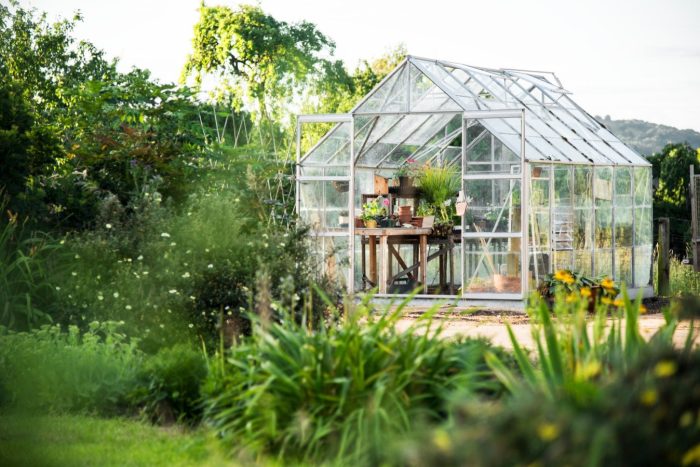
Pests and Diseases: What to Look Out for
Look out for leaves
Leaves are important to look out for when gardening in autumn. Of course, you should be collecting any fallen leaves that aren’t unhealthy and adding them to your compost. Any that show signs of mildew, burn or any other disease should be disposed of, not added to your heap!
Also pay close attention to the leaves of the plants you might be growing such as sprouts, cabbages or other brassicas. If you notice any yellow leaves you must remove them otherwise you risk the spread of grey mould.
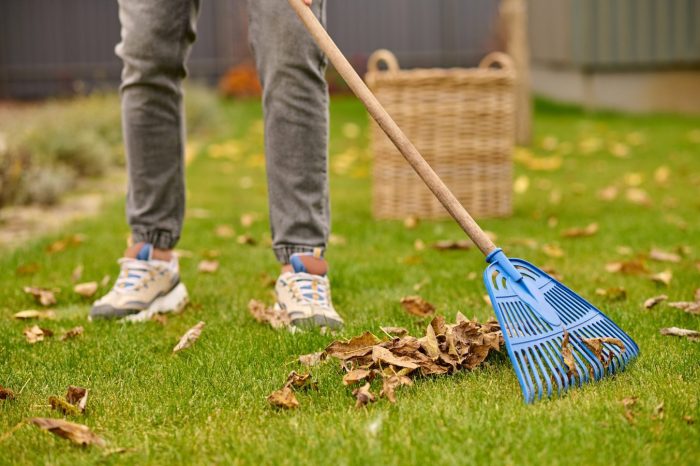
Check your veggies
Inspect your stored fruits/vegetables and immediately throw out any that show signs of rot or moulding before spread occurs. This is particularly important to those of you that have harvested pumpkins and winter squash.
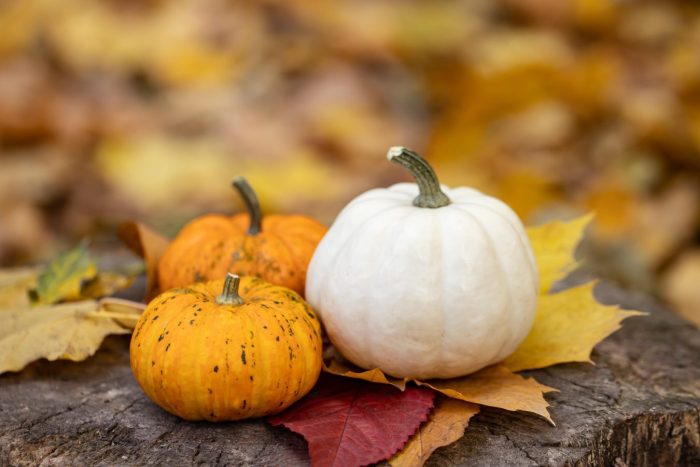
There’s still space for sowing…
While the tasks above aren’t the most enjoyable part of gardening, you need not worry. It’s not all maintenance this month, as there’s still space for sowing. Now is the perfect time to plant bulbs and broad beans. If you’re hoping for big bulbs next year, discover more with this guide to the best way to plant garlic!

 Call us on 01246 240880
Call us on 01246 240880 Free 48hr Delivery
Free 48hr Delivery Sign-up and receive 10% off
Sign-up and receive 10% off